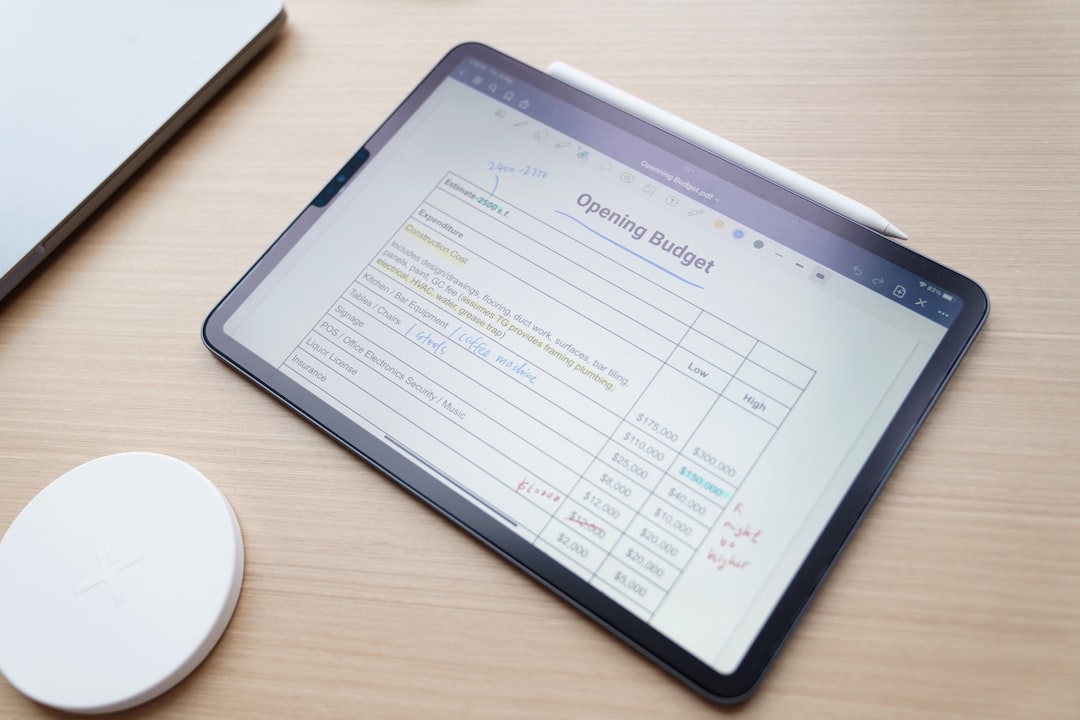What Is an Audience Manager? How to Use It to Grow Your Business
In the fast-paced world of digital marketing, understanding your customers is not just a competitive advantage—it is essential for survival. Businesses that can effectively collect, analyze, and act on customer data are best positioned to create meaningful engagements and drive growth. This is where an Audience Manager comes into play. But what exactly is an Audience Manager, and how can it be harnessed to scale your operations and improve return on investment (ROI)?
What Is an Audience Manager?
An Audience Manager is a data management platform (DMP) designed to collect, organize, and analyze customer and prospect data from various sources. The ultimate purpose of this tool is to help businesses build more effective audience segments, tailor their marketing strategies, and deliver targeted content across multiple channels.
One of the most well-known solutions on the market is Adobe Audience Manager, but there are other platforms such as Salesforce Audience Studio, Oracle BlueKai, and Lotame, each offering different capabilities suited to various business needs.
In a digital landscape where personalized marketing is king, using an Audience Manager is crucial in turning raw data into actionable insights.
Core Features of an Audience Manager
To fully appreciate how powerful an Audience Manager can be, let’s break down its core functionalities:
- Data Collection: It gathers user data from various sources including websites, mobile apps, CRM systems, and third-party data providers.
- Audience Segmentation: Helps build detailed audience profiles based on demographics, behaviors, and intent.
- Profile Merging: Creates unified customer profiles by stitching together device data and touchpoints from across platforms.
- Lookalike Modeling: Uses AI to identify and target new prospects that share characteristics with your high-value customers.
- Integration with Ad Platforms: Seamlessly connects to ad exchanges, DSPs (Demand-Side Platforms), and social media platforms for optimized targeting.

How Does an Audience Manager Work?
The Audience Manager serves as the central hub for your customer data strategy. Here’s a simplified flow of how it functions:
- Data Collection: Captures anonymous or known user behavior across digital properties.
- Identity Resolution: Connects data points to individual users or households, creating cohesive profiles.
- Segmentation: Classifies profiles into audience segments based on parameters like interests, behaviors, or life stages.
- Activation: Pushes these segments to marketing platforms for personalized targeting in real time.
This process ensures that your marketing efforts are not based on guesswork but are data-driven and strategic.
Benefits of Using an Audience Manager
By leveraging an Audience Manager, businesses of all sizes can experience significant improvements in their marketing outcomes. Below are the most compelling benefits:
- Better Personalization: Tailor messages and campaigns for specific user groups to increase engagement and conversions.
- Greater Marketing Efficiency: Reduce waste by targeting only those who are most likely to respond to your offers.
- Cross-Channel Consistency: Deliver a cohesive customer experience across email, social, web, and mobile platforms.
- Actionable Insights: Access robust analytics that inform future strategies and creative decisions.
- Data Monetization: Some platforms allow businesses to share anonymous data segments with partners, generating an additional revenue stream.
How to Implement an Audience Manager
Implementing an Audience Manager in your business involves more than just purchasing software. It’s a strategic endeavor that affects different aspects of marketing and operations.
- Define Your Data Strategy: Determine what data you need, where it resides, and how you plan to use it. Be clear about objectives—whether it’s boosting conversions, increasing retention, or improving campaign ROI.
- Select the Right Platform: Evaluate DMPs based on their integration capabilities, scalability, customer support, and features tailored to your business’s unique needs.
- Integrate with Existing Systems: Ensure that the Audience Manager can connect with your existing CRM, analytics tools, and ad platforms for streamlined workflows.
- Build Initial Segments: Start with a few core audience segments and test how these groups respond to your marketing efforts.
- Iterate and Optimize: Continuously refine your segments and strategies based on performance data and insights gained from analytics.

Best Practices for Using an Audience Manager
To truly make the most of your Audience Manager, consider following these best practices:
- Maintain Data Quality: Regularly audit and cleanse your data to eliminate redundancies and inaccuracies. Good data is the bedrock of effective segmentation.
- Ensure Compliance: Adhere to GDPR, CCPA, and other data privacy regulations. Choose a DMP with strong governance and consent management features.
- Focus on First-Party Data: With rising restrictions on third-party cookies, prioritize collecting first-party data directly from your users.
- Monitor Performance: Use the platform’s dashboard and analytics tools to track KPIs such as click-through rates, conversion rates, and audience overlap.
- Encourage Cross-Department Collaboration: Your marketing, IT, and sales teams must work together to ensure successful implementation and ongoing use of the Audience Manager.
Real-World Applications
Advertisers aren’t the only ones benefiting from Audience Managers. Here’s how different industries apply this technology:
- Retail: Build segments of high-value customers, customize promotions, and reduce cart abandonment through retargeting.
- Finance: Segment customers by life stage and product needs to offer tailored financial services.
- Healthcare: Create patient profiles to send targeted educational content and appointment reminders—while staying HIPAA compliant.
- Media: Increase ad engagement by targeting audiences based on content preferences and consumption patterns.
Challenges to Consider
While Audience Managers offer numerous benefits, businesses should be aware of the challenges involved in implementing them:
- Integration Complexity: Connecting a DMP to legacy systems can be technically challenging and time-consuming.
- High Costs: Enterprise-level solutions can be expensive, requiring a significant investment in both technology and training.
- Data Security: Storing and managing large amounts of user data increases the risk of breaches and requires stringent security protocols.
- User Education: Staff must be trained to use the system effectively, necessitating ongoing education and support.
Final Thoughts
Today’s consumers expect relevant, timely, and personalized marketing communications. Audience Managers empower businesses to meet—and exceed—these expectations by turning scattered data into structured intelligence that can be acted upon in real time. From tailoring ads to driving product recommendations, the possibilities are vast.
For organizations looking to future-proof their marketing and strengthen data-driven decisions, adopting an Audience Manager could be the game-changing move toward sustained growth and customer satisfaction. While it requires investment and a clearly defined strategy, the results in engagement and ROI are often well worth the effort.



